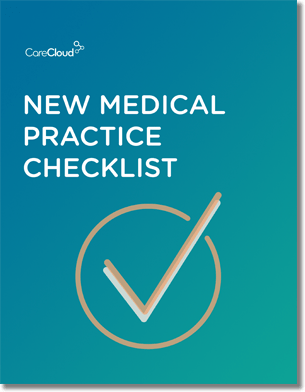If you’ve ever practiced medicine in the U.S., it’s almost certain that you’ve had problems collecting from insurers. Chances are they didn’t pay you enough for your services, or possibly not at all.
The numbers, however, tell a different story. The privately insured healthcare market in this country is enormous.
Americans now spend $7,000 per capita on health care every year, and these numbers are growing at an average annual rate of 6.5%.
So if insurance are getting paid all that moolah, why is it such an issue for doctors to collect a fair payment?
Price Negotiations
Unlike the Medicare market in which CMS standardizes payments to providers, most private-sector insurance payments are determined through negotiations between insurers and providers.
Insurances hold the upper hand during these negotiations as they hold the clout of millions of dollars of spending power in their back pockets.
The prices health plans negotiate with in-network providers have little or nothing to do with the actual quality of services provided and everything to do with the relative bargaining power of insurers.
This system, along with having to make up for charity care, debts they can’t collect, and inadequate reimbursements from government Medicare and Medicaid programs, forces providers to charge skyrocketing amounts for treatment.
Also, due to contract negotiations, hospitals have to charge patients different amounts for the same equipment and procedures, depending on their insurance carrier.
“If we could have fixed this, we would’ve,” said Rich Umbdenstock, president of the American Hospital Association. “Why would we want to perpetuate this?” Stories about people facing insurmountable bills are “one of the toughest PR issues we have” and damage the industry’s credibility, Umbdenstock said.
While “hospitals are not victims,” he said, “we are caught up in a larger system.” Unfortunately for some uninsured Americans, it’s a “crazy system.”
Who pays the price?
The 48.6 million uninsured Americans, that’s who. Without the bargaining power of insurances, this portion of the population is forced to pay astronomical prices for medical expenses.
So-called full charges at hospitals grew an average of 10 percent a year between 2000 and 2010, according to Gerard Anderson, a Johns Hopkins University professor who analyzes hospital financial reports. The charges went up at four times the pace of inflation, and faster than hospital costs, which Anderson said increased an average of 6 percent a year.
The system is so irrational that those without insurance can get stuck owing the most money, said David Himmelstein, a professor at City University School of Public Health at Hunter College in New York.
“It’s unconscionable,” said Himmelstein, who co-authored a 2009 study that found illness and medical debt was a factor in six out of every ten personal bankruptcies. “It adds to the already grave suffering of the uninsured.”
Private practice doctors take the second biggest hit from insurance price negotiations. The sad truth is that family physicians, cardiologists and even oncologists are going broke from underpayments by insurances.
Half of all doctors in the nation operate a private practice, so if a cash crunch forces the death of an independent practice in a small town, it deprives the community of a vital health care resource.
Doctors now list shrinking insurance reimbursements, changing regulations, rising business and drug costs as the leading factors preventing them from keeping their practices afloat.
The Solution
As some health plans have already begun doing, all insurers should set their payment rates at a percentage of what Medicare pays for medical services.
A March 2012 investigation by the New York State Department of Financial Services found that most private insurance plans that use this method pay between 110 percent and 150 percent of what Medicare pays.
This is what many consider to be a fair deal.
Because of Medicare’s size, it pays the biggest portion of the nation’s health-care bill than any other single entity. It has the ability to set prices without negotiating with doctors, and these “fee schedules” are established at a government-regulated percentage of what providers charge.
If all insurances were to align medical payments with Medicare, it would level the playing field and turn out beneficial for almost everyone involved. Patients would not receive massive bills out of the blue and providers could set fixed prices more accurately.
Insurances would probably take the biggest hit in their profits. But with the average insured worker paying almost $16,000 on health insurance in 2012, I don’t think they’ll be hurting too much.
We’ll see which way the landscape of health insurance payments shifts over the following years with the implementation of the Affordable Care Act, where more than 32 million uninsured Americans will receive coverage.
How do you feel about private health insurance payment negotiations? A fair deal for doctors: yay or nay?

Do you know what you need when setting up a new medical practice?

